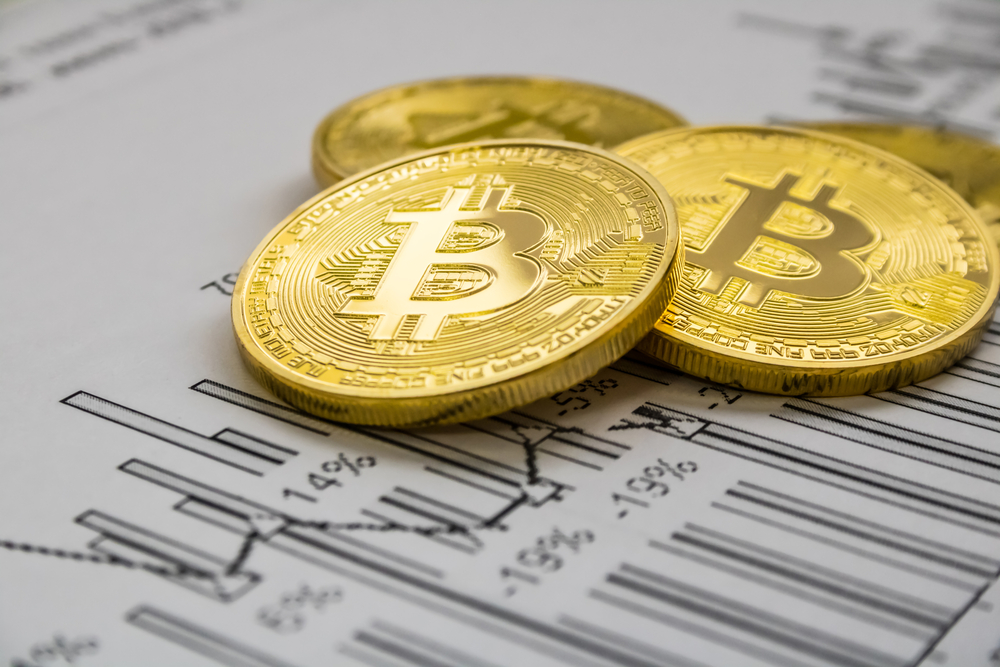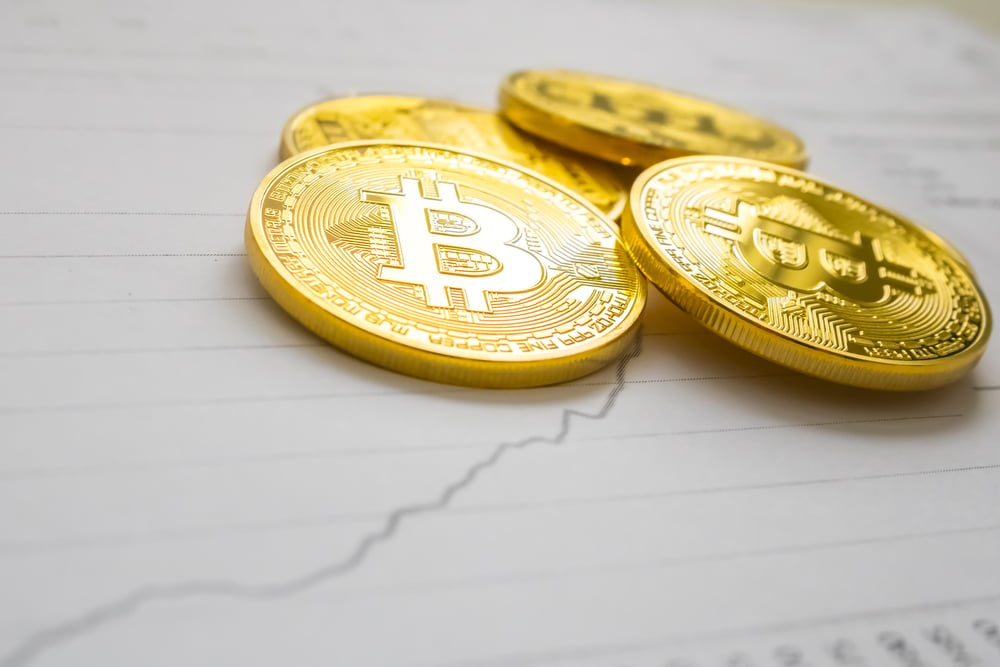The Anatomy of a Bitcoin Pyramid Scheme – The BTCSolar Story

As the saying goes, there’s a sucker born every minute. This is the primary rule on which pyramid schemes operate – there will always be enough people to make a scam work. BTCSolar was a bit different than most pyramid schemes these days. It had some funding at the start, as evidenced by it having been advertised on CCN.com briefly.
As our legalese goes, we’re not responsible for what you do when you leave our site, but we still want to report on these things as they come to our attention. This reporter has been trying to find someone responsible for the BTCSolar pyramid scam for a couple of weeks, without much success. The website is now mostly inaccessible, e-mails are not being returned, and so on. Which is to say, this scam has concluded. CCN.com was contacted by one of the victims, who told us:
There was a release on your website regarding BTCSolar which provides a new investment opportunity for investors to invest in Solar Energy Sector using bitcoins. […] Seeing this news I had invested in an investment package provided by BTCSolar as the news had come from a trusted source like your website. But since past 2-3 weeks BTCSolar had stopped paying their investors and have begun behaving like any other fraudulent website that operates online.
Now, we’ve all heard the tales of the pyramid schemes in Bitcoin. They are many and they are varying, some more creative than others, and some more extensive than others. In some ways, the Mt. Gox exchange itself could have been considered one, but a much more creative and different one than your typical “investment product.”
What To Watch Out For
Let’s be straight here: there is no such thing, on the face of it, as a “high-yield investment product.” You can give loans at high interest. You can incidentally make good or high returns on investments because of the performance of the thing you invested in. But you cannot give someone a dollar on the promise that they will magically turn into 2, 10, or 1000 dollars for you. That’s simply not how economics work. Investing is a game of information, and if you don’t know the basics about some place – how they’re making your money work, how their business conducts itself – then you’re throwing your money away if you invest there.
But these places are clever. This reporter, like many new to the Bitcoin space, was once a victim of a pyramid scheme. Two days after investing .1 BTC, the portfolio had almost tripled! This reporter made a withdrawal of the initial investment. The withdrawal went into “processing” state and never was executed before the site went offline and the originator of the scheme exited. This reporter had not asked any fundamental questions about the scheme, but simply thrown money at it, excited at the prospect of turning a profit.
So the number one thing to look out for is ‘substance’ of the investment. In the case of BTCSolar, the site’s operators very vaguely promised to invest funds into the solar energy market and return proceeds to the “investors.” Now, let’s be clear. For the originator of this scam, it was indeed a high yield investment instrument – he invested money to get advertising on places like CCN.com, and according to the website’s last cached version, made over 100 bitcoins in the execution of the scam. Even if this number is inflated, he or they made more than nothing. Indeed, such scams would not exist if they were not profitable, which is one reason they are less prevalent in currencies which can be easier tracked. Don’t be confused – all manner of crime are as easily conducted with other currencies as with Bitcoin, but it is true to say that the ease with which people can be parted from their bitcoins and the difficulty in tracing their ultimate destination is a definite boon to criminals.

Other things to watch for include poor English skills, non-working support help lines, rave reviews that are less than two months old, and the age old test of “if it’s too good to be true, it probably is.”
The age test is the best for a Ponzi or pyramid scheme, however. These scams work in part because they do pay those who come first, thus those people tell others that surely they will be paid as well. The operator pulls skim off the top, returning his initial investment of advertising and other expenses as well as a profit, and then returns are paid out as more people come in until it is no longer tenable, at which point they exit. Most such scams do not last longer than two or three months, so setting a rule for your investments of a certain maturity is a good way to avoid such schemes as well.
There are plenty of great ways to double and triple your bitcoins, including going into legitimate businesses with the proceeds of arbitrage or simply learning the arbitrage market by itself. However, expecting to send funds to an address and return value based on dubious claims on a website operated by financial unknowns is almost always going to go badly. There are various ways which ventures which are trying to raise capital can use which are replete with review systems, such as BTCJam or BnkToTheFuture.
The variety and number of Bitcoin scams grows and shrinks directly in proportion to the profitably thereof. This is to say, people would not go through the effort of creating them if they did not believe they would earn anything from doing so. Thus, let’s all use this giving season to pass the word around about what to watch out for when it comes to Ponzi schemes. And as always, if you hear of a new and active one which you can give some account of, please feel free to reach out to CCN.com to report on it.
Images from Shutterstock.